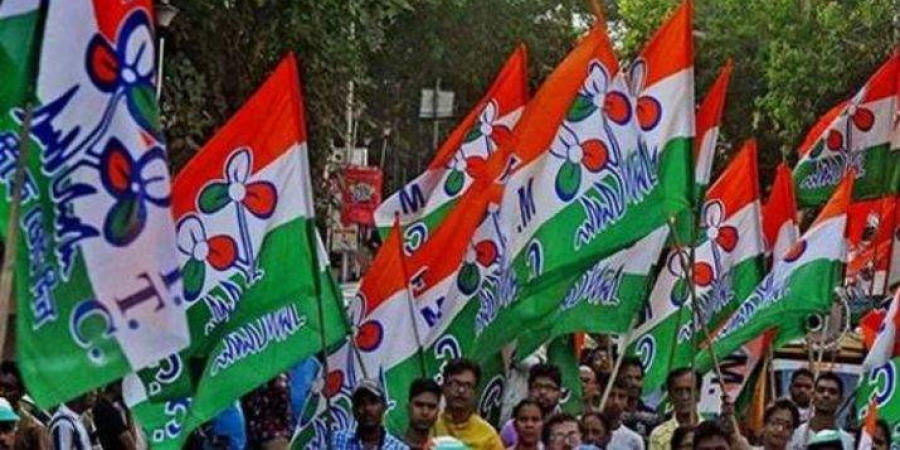NEW DELHI, May 5: The outcome of the West Bengal state Assembly elections showed that the victory of the Trinamool Congress, which secured as high as 48 per cent of the votes polled, was decisive and emphatic. While the BJP leaders have repeatedly said they lost several close-contest seats that sealed their fate in the elections, the official data showed that the BJP claim was not true.
In Bihar last year, 52 of the 243 assembly seats (21 per cent) witnessed close contests, with the margin of victory below 5,000 votes. In Bengal, the number stood at 36 out of 292 seats (12 per cent).
Bengal witnessed polling in 292 of the 294 seats in eight phases in which the TMC secured 213 seats with a vote share of 48 per cent, while the BJP managed to bag 77 seats with a vote share of 38 per cent.
Among the 292 seats, there were 223 where the victory margin was above 10,000 votes, indicating a healthy lead.
Of these, Trinamool had won 176 and BJP 46. One seat, Bhangar in South 24 Parganas, was won by the Rashtriya Secular Majlis Party, the banner under which Left ally Indian Secular Front contested. In another 33 seats, the victory margin was between 5,000 and 10,000 votes. Among these, 24 were won by the Trinamool and nine by BJP.
The remaining 36 seats had a margin of less than 5,000 votes. Incidentally, the BJP won 22 of these seats, while the Trinamool edged ahead in 13. One seat, Kalimpong, was won by an Independent candidate.
Further break-up of closely contested 36 seats with less than 5,000 votes margin including the seats with margin of victory below 500; between 500 and 1,000; between 1,000 and 2,000; and between 2,000 and 5,000, showed that both
Dinhata in Cooch Behar and Balarampur in Purulia where victory margins were less than 500 votes, went to the BJP. Of the five seats with a victory margin between 500 and 1,000 votes, three were won by Trinamool and two by BJP. Another five seats had a victory margin between 1,000 and 2,000 votes, all of which went to the BJP. This means among the 12 seats with a win margin of less than 2,000 votes, nine were won by the BJP. Of the 24 seats where the margin of victory was between 2,000 and 5,000 votes, 13 were won by BJP and 10 by Trinamool.
Moreover, what this data suggests is that of its total seats, the Trinamool had a comfortable victory in 200 seats and a close fight in only 13, or 6 per cent seats. On the other hand, the BJP had a healthy lead in 53 seats and a tight contest in 22, or 29 per cent seats.
In Bihar, the fight between NDA and UPA was so neck-and-neck that both alliances got almost equal vote share. In absolute terms, NDA got just 12,000 more votes than UPA. It, however, bagged 125 seats, while the Mahagathbandhan had to contend with 110. Of its total seats, the NDA had won 24 seats with a margin below 5,000 votes, and four seats with less than 500 votes.
In the 2019 Lok Sabha elections in West Bengal, the BJP had secured an impressive 40 per cent vote share and a lead in 121 assembly segments. The Trinamool had a lead in 164 assembly segments with a vote share of 43 per cent. The saffron camp then had a comfortable lead in 101 seats and a thin margin (below 5,000 votes) in 20 seats.
The Trinamool had a thin lead in 29 seats.
This is the third consecutive victory for Trinamool in the Bengal assembly election. Since 2011, it has been leading in all elections in the state, whether assembly or parliamentary. Though the Trinamool’s constituency-wise leads came down in 2019, its performance in the 2016 and 2021 assembly elections is almost similar.
In 2016, the party won 196 seats with a comfortable victory, while in 2021, the number was 200; in 2019, it had come down to 135. Similarly, in 2016, it won 15 seats with a margin of less than 5,000 votes, while in 2021, this number was 13.
Nowhere does electoral data suggest that the just-concluded polls in Bengal were a close contest. Though Bengal has always had a strong anti-establishment vote, the electoral outcome in the state has never been close since 1971. In that election, both Left and Congress won more than 100 assembly seats. Since then, no runner-up has been able to cross the 100 digit-mark in an assembly election. Incidentally, except 2001, the winning party (or alliance) has always got over 200 seats in the Bengal assembly election.
(Manas Dasgupta)

